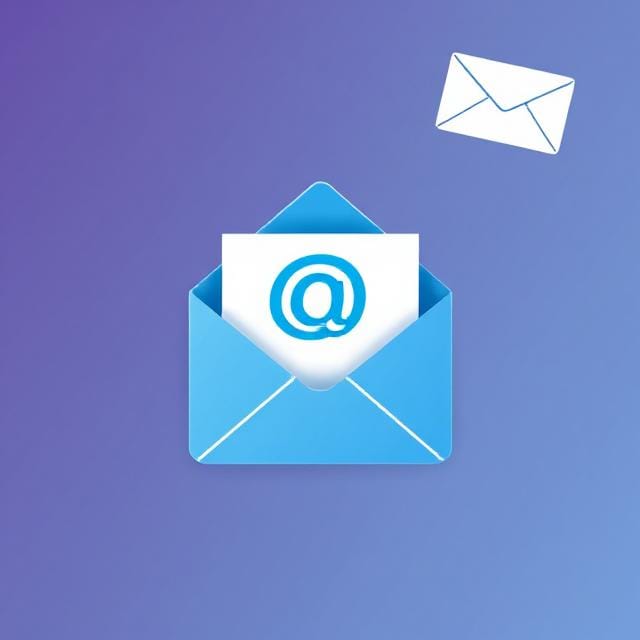
Have you ever wondered why successful entrepreneurs constantly emphasize building an email list? It’s because email marketing remains one of the most powerful and profitable digital marketing channels, delivering an average ROI of $42 for every $1 spent. But here’s the thing – having an email list isn’t enough. You need to transform that list into a revenue-generating powerhouse that works for you around the clock.
In this comprehensive guide, we’ll walk you through the entire journey of building and monetizing an email list from absolute zero. Whether you’re a complete beginner or looking to supercharge your existing email marketing efforts, you’ll discover proven strategies, actionable tactics, and insider secrets that can turn your subscriber list into your most valuable business asset.
Understanding the Power of Email Marketing
Think of email marketing as having a direct line to your customers’ most personal space – their inbox. Unlike social media platforms where algorithms control who sees your content, email gives you complete ownership and control over your audience relationship.
The statistics speak for themselves. Email marketing generates more conversions than any other marketing channel, including search and social media. Why? Because people who subscribe to your email list have already expressed interest in what you offer. They’ve raised their hand and said, “Yes, I want to hear from you.”
But here’s where most people get it wrong – they treat email marketing like a broadcast channel instead of a conversation starter. The most successful email marketers understand that every email is an opportunity to build trust, provide value, and nurture relationships that eventually lead to sales.
Your email list is like a garden. Plant the right seeds (valuable content), nurture them consistently (regular communication), and you’ll harvest the fruits of your labor (loyal customers and steady revenue). The beauty is that once you set up the right systems, this garden can generate income while you sleep.
Building Your Email List from Scratch
Starting with zero subscribers might feel overwhelming, but every email marketing giant began exactly where you are now. The key is to focus on attracting the right people rather than just accumulating numbers.
Quality always trumps quantity when it comes to email subscribers. A list of 1,000 engaged subscribers who love your content and trust your recommendations is infinitely more valuable than 10,000 disinterested subscribers who never open your emails.
Creating Irresistible Lead Magnets
Your lead magnet is the bridge between a casual website visitor and a committed subscriber. It’s essentially a valuable piece of content you offer for free in exchange for someone’s email address. But not all lead magnets are created equal.
The most effective lead magnets solve a specific, urgent problem for your target audience. Instead of creating a generic “10 Tips” PDF that everyone else offers, dig deeper into your audience’s pain points. What keeps them up at night? What would make their life significantly easier?
Consider creating lead magnets like detailed checklists, templates they can use immediately, exclusive video tutorials, or mini-courses that deliver quick wins. The key is immediate value – your lead magnet should provide such obvious benefit that giving up their email address feels like a no-brainer.
For example, if you’re in the fitness niche, instead of offering “10 Workout Tips,” create “The 5-Minute Morning Routine That Burns Fat All Day” with a step-by-step video demonstration. The specificity and promise of a quick result make it much more compelling.
Optimizing Your Opt-in Forms
Your opt-in form is where the magic happens – or where potential subscribers slip away. The placement, design, and copy of your opt-in forms can dramatically impact your conversion rates.
Exit-intent popups work incredibly well because they capture people just as they’re about to leave your site. However, timing is crucial. A popup that appears immediately when someone lands on your page often feels pushy and intrusive.
Your opt-in copy should focus on what the subscriber will get, not what you want from them. Instead of “Subscribe to our newsletter,” try “Get weekly profit-boosting tips delivered to your inbox.” See the difference? One focuses on your needs, the other on their benefits.
Test different form designs, colors, and placements. Sometimes a simple change in button color can increase conversions by 20% or more. The goal is to make subscribing feel like the obvious next step in their journey with you.
Leveraging Social Media for List Building
Social media platforms are fantastic for building awareness, but their real power lies in driving people to your email list. Think of social media as the appetizer and your email list as the main course.
Share valuable content on social platforms, but always include a call-to-action that drives people back to your lead magnets. Create teasers of your best content and offer the full version to email subscribers. This strategy not only builds your list but also positions your email content as premium and exclusive.
Instagram Stories, Facebook Live sessions, and LinkedIn posts can all become powerful list-building tools when you consistently direct engaged followers to your opt-in offers. Remember, you don’t own your social media following – the platform does. But you own your email list completely.
Segmenting Your Email List for Maximum Impact
Sending the same email to everyone on your list is like trying to have the same conversation with your grandmother and your college roommate – it just doesn’t work. Email segmentation allows you to speak directly to different groups within your audience, dramatically improving engagement and conversions.
Segmentation isn’t just about organizing your subscribers; it’s about understanding them well enough to serve their specific needs. When people feel like you’re speaking directly to them, they’re much more likely to take action.
Demographic Segmentation
Start with basic demographic information like age, location, and gender. This foundational segmentation can inform everything from your email send times to your product recommendations.
For instance, if you’re promoting a webinar, subscribers in different time zones need different versions of your invitation email with times adjusted for their location. It’s a small detail that shows you care about their experience.
Geographic segmentation becomes particularly important for businesses with physical locations or region-specific offers. Why promote your New York workshop to subscribers in California? Instead, segment by location and create targeted campaigns that feel relevant and actionable.
Behavioral Segmentation
This is where email marketing gets really powerful. Behavioral segmentation tracks what people actually do with your emails and on your website, allowing you to respond with relevant follow-up content.
Create segments for highly engaged subscribers (those who open and click regularly) and treat them differently from less engaged subscribers. Your most engaged subscribers might be ready for higher-ticket offers, while less engaged subscribers might need more nurturing content.
Website behavior provides valuable segmentation opportunities too. Someone who visited your pricing page but didn’t purchase is in a completely different mindset than someone who only read your blog posts. Create specific email sequences for each group.
Purchase History Segmentation
Your existing customers deserve different treatment than prospects. They’ve already shown they trust you with their money, so your email strategy should reflect that relationship.
Segment customers based on what they’ve purchased, how much they’ve spent, and how recently they bought. High-value customers might receive exclusive offers and early access to new products, while first-time customers might get onboarding sequences and complementary product suggestions.
Don’t make the mistake of only emailing customers when you want to sell them something else. Regular value-driven emails to existing customers often lead to word-of-mouth referrals and repeat purchases – both incredibly valuable for your business growth.
Crafting High-Converting Email Campaigns
Writing emails that people actually want to read and act upon is both an art and a science. The most successful email campaigns feel like personal messages from a trusted friend rather than corporate marketing blasts.
The foundation of any great email campaign is understanding your audience’s emotional state when they read your message. Are they frustrated with their current situation? Excited about a possibility? Confused about their options? Your email should meet them where they are emotionally and guide them toward a solution.
Subject Line Mastery
Your subject line is your email’s first impression – and often its last chance to get opened. With people receiving dozens of emails daily, your subject line needs to cut through the noise and compel immediate attention.
The best subject lines create curiosity without being misleading. They promise value and hint at what’s inside without giving everything away. Numbers work well (“3 mistakes costing you money”), as do questions that your email answers (“Ready to double your income?”).
Avoid spam-trigger words like “free,” “guaranteed,” and “urgent” unless they’re absolutely necessary. Modern email clients are sophisticated enough to recognize and filter obvious marketing language.
Personal subject lines that include the subscriber’s name can increase open rates, but use this technique sparingly. Overuse makes it feel automated and impersonal rather than genuinely personal.
Email Content That Converts
Great email content follows a simple structure: hook them with the opening, deliver valuable content in the middle, and end with a clear call-to-action. But within that structure lies infinite room for creativity and personality.
Your opening line should immediately reward people for opening your email. Jump straight into valuable insight, a compelling story, or an intriguing question. Don’t waste time with pleasantries like “I hope you’re having a great week.”
Keep paragraphs short and scannable. Most people read emails quickly, so walls of text will lose their attention. Use bullet points, numbered lists, and strategic bold text to make your content easy to digest.
Storytelling in Email Marketing
Stories are the secret weapon of successful email marketers. They transform dry information into engaging narratives that people remember and act upon. Your subscribers don’t just want information – they want to be entertained and inspired while they learn.
Share personal stories, customer success stories, and even failure stories that contain lessons. The key is making every story relevant to your audience’s goals and challenges. Your story should illuminate a point that helps them solve a problem or achieve a desire.
Don’t worry about being perfect. Vulnerability and authenticity in storytelling often create stronger connections than polished corporate narratives. People relate to struggles and appreciate honesty about challenges and failures.
The Psychology of Persuasion
Understanding basic persuasion principles can dramatically improve your email conversion rates. People make decisions emotionally and then justify them logically, so your emails should appeal to both aspects of human psychology.
Social proof works incredibly well in emails. Share customer testimonials, mention how many people have already taken action, or reference industry recognition. When people see others like them succeeding, they’re more likely to believe they can succeed too.
Scarcity and urgency can motivate action, but they must be genuine. False deadlines and fake scarcity will damage your credibility. Instead, use natural scarcity like limited-time bonuses or seasonal opportunities.
Email Automation: Your 24/7 Sales Machine
Email automation is like having a tireless salesperson who works around the clock, never gets sick, and never forgets to follow up. Once you set up effective email automation sequences, they continue generating revenue while you focus on other aspects of your business.
The beauty of automation lies in its ability to deliver the right message at the right time without any manual intervention. Your subscribers receive relevant, timely content based on their actions and interests, creating a personalized experience that feels custom-crafted for them.
Welcome Series Setup
Your welcome email series is your chance to make an outstanding first impression and set the tone for your entire relationship with new subscribers. This series should introduce them to your brand, deliver on your lead magnet promise, and begin building trust.
The first email should arrive immediately after signup and should deliver your promised lead magnet along with a warm welcome. Use this opportunity to tell subscribers what to expect from you and how often you’ll email them.
Follow up with emails that share your story, your mission, and your best content. This isn’t the time to sell – it’s the time to build relationship and establish credibility. Share testimonials, behind-the-scenes content, and valuable insights that demonstrate your expertise.
Abandoned Cart Recovery
For e-commerce businesses, abandoned cart emails are pure gold. These automated sequences target people who added items to their cart but didn’t complete the purchase, and they can recover 15-25% of otherwise lost sales.
Your first abandoned cart email should go out within an hour of abandonment while the decision is still fresh in their mind. Keep it simple – remind them what they left behind and make it easy to complete the purchase with a direct link back to their cart.
Follow up with additional emails that address common objections. Maybe they’re concerned about price (offer a small discount), uncertain about the product (share customer reviews), or worried about shipping (highlight your return policy).
Re-engagement Campaigns
Not everyone on your list will remain active forever. Re-engagement campaigns target subscribers who haven’t opened your emails in a while, giving them a chance to renew their interest before you remove them from your list.
Start with a subject line that acknowledges their absence: “We miss you” or “One last try.” Be honest about why you’re emailing and what they’ve been missing. Sometimes people simply need a reminder of the value you provide.
Offer them something special – exclusive content, a discount, or early access to new products. If they still don’t engage after a few re-engagement attempts, it’s better to remove them from your list to protect your sender reputation.
Monetization Strategies That Actually Work
Building an email list is just the first step – the real magic happens when you transform those subscribers into paying customers. The key is to provide so much value through your emails that when you do make an offer, it feels like a natural extension of the relationship rather than a pushy sales pitch.
Successful email monetization requires patience and strategy. You can’t expect to send one promotional email and watch the money roll in. Instead, think of monetization as a process of nurturing trust and demonstrating value until your subscribers are excited to buy from you.
Direct Product Sales
Selling your own products through email gives you complete control over the customer experience and profit margins. Whether you’re selling physical products, digital courses, or services, email can be your most effective sales channel.
The key to successful direct sales through email is proper positioning. Instead of just listing features and benefits, show how your product solves specific problems your subscribers face. Use case studies, success stories, and detailed demonstrations to build desire.
Create email sequences that educate while they sell. For example, if you’re selling a fitness program, send emails that teach valuable fitness concepts while demonstrating the superior approach used in your program. This builds credibility while creating desire for the complete solution.
Affiliate Marketing Through Email
Affiliate marketing through email can be incredibly lucrative when done ethically and strategically. The key is only promoting products you genuinely believe in and that provide real value to your subscribers.
Your reputation is your most valuable asset, so never promote products just for the commission. Your subscribers trust you, and that trust is worth far more than any single affiliate payout. Only recommend products you’ve personally used or thoroughly researched.
Be transparent about your affiliate relationships. Your audience appreciates honesty, and in many jurisdictions, disclosure is legally required. A simple statement like “I may receive a commission if you purchase through my link” maintains trust while meeting legal requirements.
Premium Content and Courses
Educational content represents one of the highest-value monetization opportunities for email marketers. People will pay premium prices for knowledge that helps them achieve their goals or solve important problems.
Use your regular email content to demonstrate your expertise and teaching ability. When subscribers consistently find value in your free content, they’ll be much more receptive to your premium offerings.
Create courses and premium content that go deeper than your free material. While your free emails might share tips and strategies, your paid content should provide complete systems, step-by-step processes, and ongoing support.
Measuring Success: Key Metrics and Analytics
What gets measured gets managed, and email marketing provides incredibly detailed analytics to help you optimize your performance. However, not all metrics are equally important – focus on the ones that directly impact your bottom line.
Understanding your email metrics helps you identify what’s working and what needs improvement. But remember, metrics are just information – the real value comes from using that information to make better decisions and improve your results.
Open Rates and Click-Through Rates
Open rates tell you how compelling your subject lines are and how engaged your audience is with your sender name and brand. Industry averages vary, but most businesses see open rates between 15-25%.
Click-through rates reveal how engaging your email content is and how effectively you’re driving action. This metric is often more important than open rates because it shows actual engagement with your content and offers.
Don’t get too caught up in comparing your metrics to industry averages. What matters more is your own improvement over time. A 15% open rate that’s trending upward is better than a 25% open rate that’s declining.
Conversion Tracking
Ultimately, the most important metric is how much revenue your email campaigns generate. Set up proper conversion tracking to understand which emails, sequences, and strategies actually drive sales.
Track not just immediate conversions from email clicks, but also the influence of email on your overall sales process. Many subscribers will read your emails over time, building trust and interest before eventually making a purchase through a different channel.
Use unique tracking codes, landing pages, or discount codes in your emails to accurately attribute sales to your email marketing efforts. This data will help you calculate your true email marketing ROI and justify investments in better tools and strategies.
Common Mistakes to Avoid
Learning from others’ mistakes is much less expensive than making them yourself. Here are the most common email marketing mistakes that can kill your results and damage your reputation.
The biggest mistake new email marketers make is focusing on list size rather than list quality. A smaller, highly engaged list will always outperform a large, disinterested list. Quality subscribers open emails, click links, and buy products – which is what actually matters for your business.
Another critical mistake is inconsistent sending. Your subscribers need to know when to expect emails from you. Whether you email daily, weekly, or monthly, consistency builds anticipation and keeps you top-of-mind.
Don’t make every email a sales pitch. The most successful email marketers follow the 80/20 rule – 80% valuable content and 20% promotional content. Your subscribers should receive so much value from your emails that they actually look forward to them.
Advanced Email Marketing Tactics
Once you’ve mastered the basics, these advanced tactics can take your email marketing to the next level. These strategies require more sophistication and testing, but they can significantly improve your results.
Advanced email marketing is about personalization at scale. Use the data you collect about your subscribers to create increasingly relevant and targeted experiences that feel custom-made for each individual.
A/B Testing for Optimization
A/B testing allows you to scientifically improve your email performance by testing different elements and measuring the results. Test one element at a time – subject lines, send times, email length, or call-to-action buttons.
The key to effective A/B testing is patience and statistical significance. Don’t make decisions based on small sample sizes or short time periods. Let your tests run long enough to gather meaningful data before drawing conclusions.
Start with high-impact elements like subject lines and call-to-action buttons before testing smaller details. A 2% improvement in open rates or click-through rates can significantly impact your overall revenue when compounded over time.
Personalization at Scale
Modern email platforms allow you to personalize emails far beyond just inserting someone’s first name. Use behavioral data, purchase history, and engagement patterns to create truly personalized experiences.
Dynamic content blocks can show different content to different segments within the same email. For example, show product recommendations based on past purchases or content suggestions based on previous click behavior.
Personalization works because it makes each subscriber feel like you understand their specific needs and interests. The more relevant your emails feel, the higher your engagement and conversion rates will be.
Tools and Platforms for Email Marketing Success
Choosing the right email marketing platform is crucial for your success. Your platform should grow with your business and provide the features you need without unnecessary complexity or cost.
Popular platforms like Mailchimp, ConvertKit, and ActiveCampaign each have their strengths. Mailchimp is user-friendly for beginners, ConvertKit excels at automation for content creators, and ActiveCampaign offers powerful segmentation and CRM features.
Consider your current needs and future growth plans when choosing a platform. It’s easier to start with a more robust platform than to migrate your entire list and automation sequences later.
Don’t forget about additional tools like landing page builders, analytics platforms, and design tools that integrate with your email platform. The right tool stack can significantly improve your efficiency and results.
Conclusion
Building and monetizing an email list isn’t just about collecting email addresses and sending occasional promotions. It’s about creating genuine relationships with people who trust you enough to give you access to their most personal digital space – their inbox.
The journey from zero subscribers to a profitable email list requires patience, consistency, and a genuine desire to serve your audience. But the rewards – financial freedom, business independence, and the satisfaction of helping others – make the effort worthwhile.
Remember that every successful email marketer started exactly where you are now. They built their lists one subscriber at a time, learned from their mistakes, and continuously improved their approach. Your email list can become your most valuable business asset, but only if you treat it with the respect and attention it deserves.
Start implementing these strategies today. Begin with building your lead magnet, set up your first automation sequence, and commit to providing consistent value to your subscribers. Your future self will thank you for taking action now rather than waiting for the “perfect” moment.
Your email list is waiting to be built. Your subscribers are waiting to be helped. And your financial future is waiting to be secured. The only question is: are you ready to begin?
READ ALSO: The Best Free Email Marketing Services That Actually Work


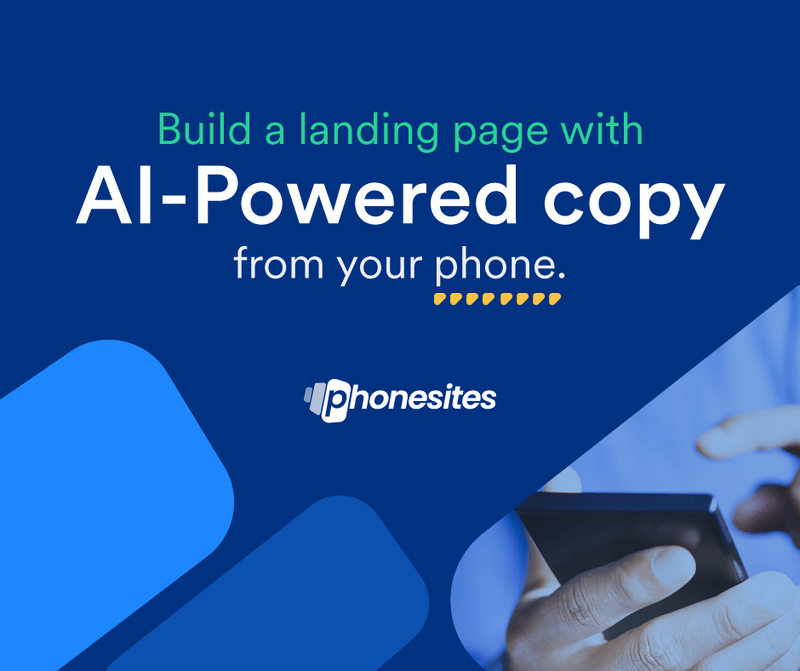
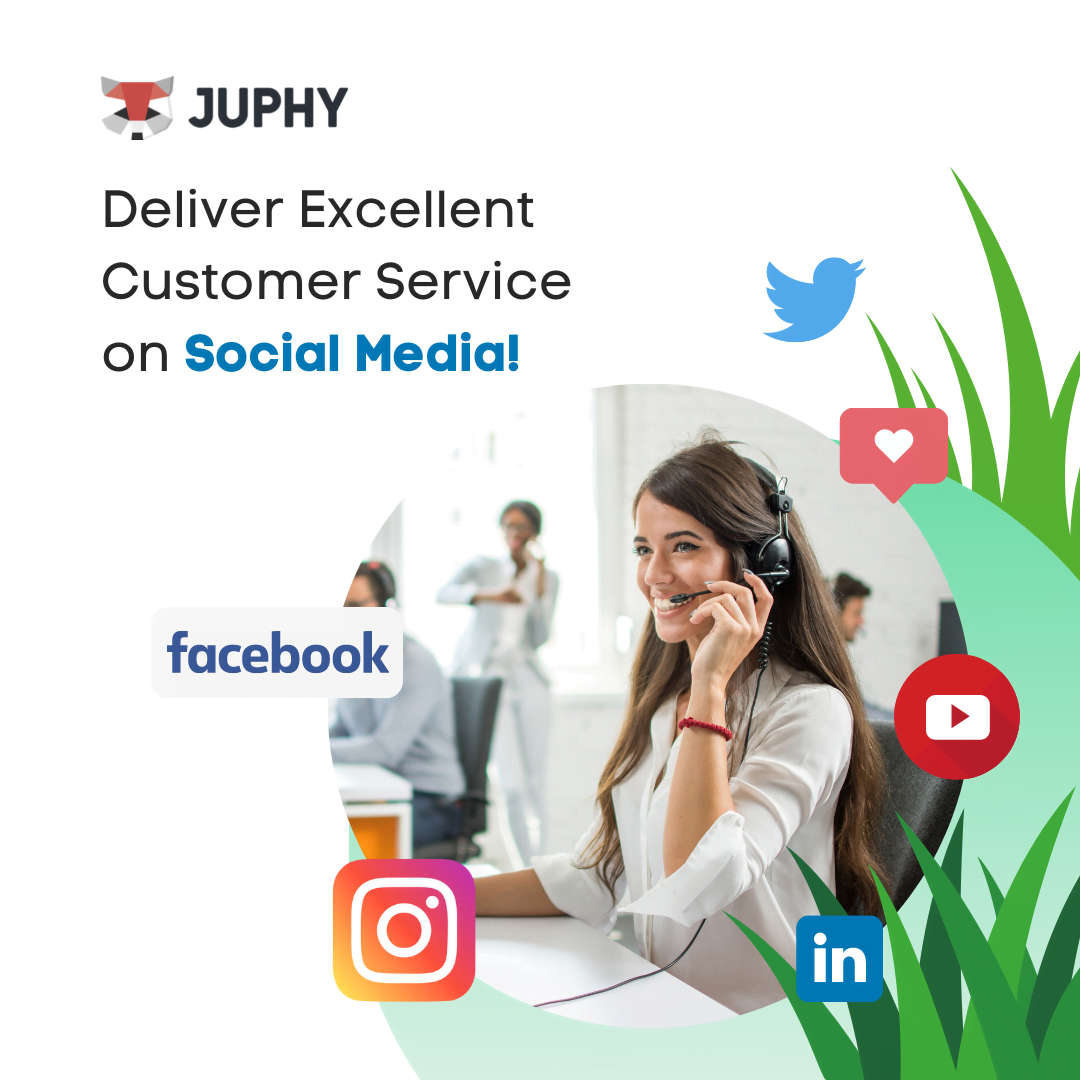
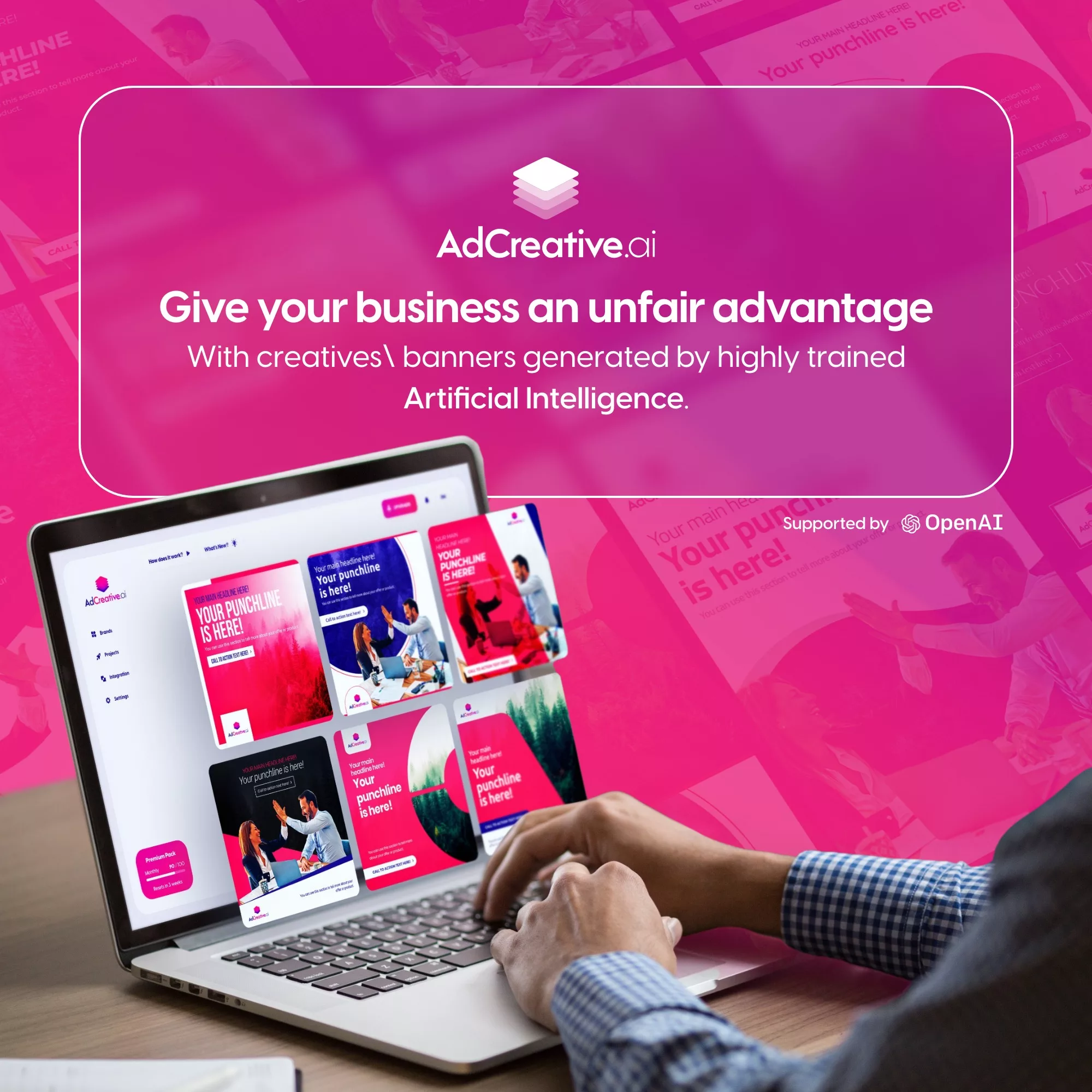


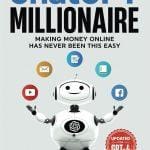

[…] READ ALSO: From Zero to Hero: How to Turn Your Email List Into a Money-Making Machine […]